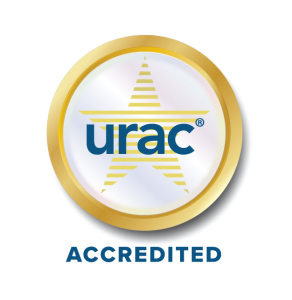There are many different types of sickle cell disease that have varying degrees of severity. The most common genetic variants of SCD are Hemoglobin SS and Hemoglobin S Beta Zero Thalassemia, and those with these genes have the most severe form of sickle cell disease. People with Hemoglobin SC or Hemoglobin S Beta Plus Thalassemia usually have a less severe form of the disease. While sickle cell trait (SCT) is not a type of SCD, people born with SCT can pass this gene to their children resulting in babies born with the trait of sickle cell disease if the other parent also has the S trait, C trait or thalassemia trait. About 3 million people in the United States have SCT. While the majority of people with SCT are of African-descent, a very small portion of those affected are Caucasian. The type and severity of SCD a child inherits is determined by the genetic trait (SCT) or disease (SCD) their parents carry.
Sickle cell disease is a lifelong illness that is diagnosed in the United States through the routine newborn blood screening that is required in all 50 states. This routine blood test, and the offering of genetic testing during pregnancy, are products of the 1972 Sickle Cell Anemia Act, which legislated increased screening for SCT and SCD. Testing and early diagnosis are extremely important to minimize the impact SCD has on an individual’s organs, as a blood and bone marrow transplant is currently the only cure for sickle cell disease. However, the development of gene therapy to cure SCD is in the experimental stage and doctors are quite optimistic about its’ curative potential. There are effective treatments and diagnostic tests that can be used to manage the symptoms, prevent complications, and prolong the life of those suffering with SCD, but these treatments and tests can be difficult for many people to access due to financial and transportation challenges.









